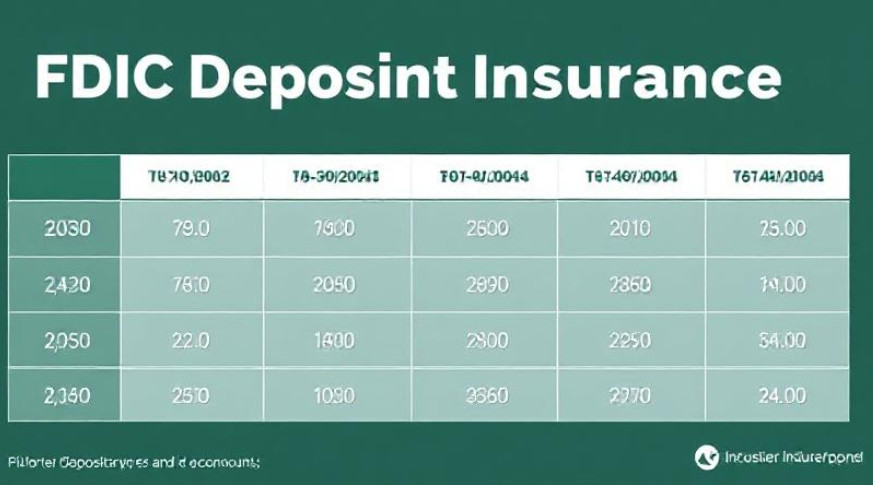What Are Municipal Bonds? Municipal bonds, commonly known as “munis,” are debt instruments borrowed by city and local governments to raise funds for various public projects. These projects can include schools, infrastructure, hospitals, public housing, and utilities. Investors who purchase municipal bonds essentially lend money to these governments and receive interest payments over the bond’s term. Upon maturity, the original principal is returned to the bondholder.
Tax Advantages of Municipal Bonds:
1. Tax-Free Interest: One of the primary advantages of municipal bonds is the tax treatment of interest income. The interest earned on municipal bonds is often exempt from federal income tax. In some cases, the interest may also be exempt from state and local taxes, especially if the bondholder resides in the same state as the issuing municipality.
2. Tax-Equivalent Yield: Municipal bond yields may be lower compared to taxable bonds, but when factoring in the tax advantages, the after-tax return can be competitive. Investors can use the tax-equivalent yield to compare the after-tax return of municipal bonds with that of taxable bonds.
Types of Municipal Bonds:
1. General Obligation Bonds: Backed by the full faith and credit of the issuer (local government), considered the most secure type of municipal bond with lower interest rates.
2. Revenue Bonds: Repaid from a specific income stream, such as utility payments or customer/tenant fees. Default risk is associated with the issuer’s ability to collect the specified income.
3. Assessment Bonds: Obligated repayment from property tax assessments within the municipality. Default risk is tied to the local government’s ability to generate sufficient revenue from property taxes.
Risk and Returns:
1. Credit Ratings: Municipal bonds are assigned credit ratings by neutral third parties, indicating the credit quality and risk associated with each bond. Higher-rated bonds are considered lower risk, while lower-rated bonds may carry higher risk.
2. City Management and Fiscal Responsibility: The fiscal responsibility and management practices of the issuing municipality significantly impact the risk associated with municipal bonds. Well-managed and financially responsible cities pose lower risks.
3. Diversification Through Funds: Investors can reduce risk by diversifying their municipal bond investments. Municipal bond funds, such as ETFs and mutual funds, provide diversification across multiple municipalities and handle some of the research for investors.
Before investing in municipal bonds, it’s crucial for investors to conduct thorough research. Examining credit ratings, understanding the type of municipal bond, and considering the financial health of the issuing municipality are essential steps. Municipal bonds, with their tax advantages, can be attractive options for income-seeking investors, but prudent decision-making is key to managing associated risks.
Tax Treatment of Municipal Bonds:
Interest Income:
1. Federal Tax Exemption: Interest payments (coupon payments) from municipal bonds are exempt from federal income taxes. This tax exemption makes municipal bonds attractive to investors seeking tax-free income.
2. State and Local Tax Exemption: In addition to federal tax benefits, many state and local governments also provide tax exemptions on interest income from municipal bonds. However, the extent of state and local tax exemptions varies. Investors should check their specific state and local tax rules to determine the tax treatment of municipal bond interest in their jurisdiction.
3. Potential State Tax Considerations: While interest income is generally tax-free at the federal level, some states may impose income taxes on municipal bond interest. Additionally, investors should be aware of the tax treatment of municipal bonds issued by other states. It’s essential to review state and local tax regulations to understand the full tax implications.
Capital Gains on Municipal Bonds:
1. Taxation of Capital Gains: Despite the tax-free status of interest income, investors may be subject to capital gains taxes on municipal bonds. Capital gains tax applies when selling a municipal bond for a profit or when the bond reaches maturity.
2. Discounted Bonds and Capital Gains: If an investor purchases a municipal bond on the secondary market at a discount, capital gains may be realized upon sale or maturity. Unlike other capital gains, gains from discounted municipal bonds cannot be offset with losses.
De Minimis Tax Rule:
1. Overview: The de minimis tax rule is a technical tax provision that can impact the tax treatment of gains on discounted municipal bonds.
2. Triggering the Rule: If an investor buys a municipal bond at a discount equal to or greater than a quarter-point per year until maturity, the de minimis rule may apply. In such cases, gains on the bond could be subject to ordinary income tax rates instead of the lower capital gains tax rate.
3. Example: If an investor purchases a municipal bond with a face value of $100 for $99 (1% discount) and the bond matures in two years, the de minimis rule may be triggered. In this case, the discount is considered greater than a quarter-point per year. However, if the bond has a longer remaining term, the discount may fall below the 0.25% threshold, avoiding the de minimis rule.
Understanding the tax treatment of municipal bonds is crucial for investors seeking tax advantages. While interest income is typically tax-free at the federal level, investors should be aware of potential state and local taxes and consider the impact of the de minimis rule on discounted bonds. Consulting with a tax professional can provide personalized guidance based on individual circumstances.
Taxable Equivalent Yield:
Calculation:
1. Purpose: The taxable equivalent yield is calculated to compare the yield of tax-free municipal bonds with the yield of taxable bonds. It reflects the municipal bond’s yield plus the tax benefit received by investors.
2. Formula: The relationship between municipal bond yields (rm), comparable corporate bond yields (rc), and the investor’s income tax rate (t) is expressed by the formula: ��=��×(1–�)rm=rc×(1–t)
3. Components:
• ��rm: Interest rate of municipal bond.
• ��rc: Interest rate of comparable corporate bond.
• �t: Investor’s income tax rate.
4. Example: If a municipal bond yields 4%, and an investor’s income tax rate is 30%, the taxable equivalent yield would be higher than the stated yield, reflecting the tax benefit.
5. Use of Calculators: Investors can use taxable equivalent yield calculators available online to simplify the calculation based on their income tax bracket and bond yields in their portfolio.
How to Buy Municipal Bonds:
1. Purchase Channels:
• Regular Brokerage Account: Municipal bonds can be bought through a regular brokerage account.
• Investment Advisor: Investors may use the services of investment advisors.
• Specialized Bond Dealers: Working with specialized bond dealers is an option.
• Bank: Some investors may inquire with their bank about municipal bond offerings.
2. Investment Vehicles:
• Mutual Funds or ETFs: Investors can buy shares in municipal bond mutual funds or exchange-traded funds (ETFs) for diversification.
• Direct Purchase: In some cases, municipal bonds can be bought directly from the municipal government issuing the bonds. However, buying on the primary market may be complex, requiring an account with a bank involved in the bond issue.
3. Pros and Cons of Municipal Bonds:
Pros:
1. Tax Advantages: Municipal bonds offer tax advantages, with interest income being exempt from federal income taxes and often state and local income taxes.
2. No Purchase Limits: There are no contribution limits on purchasing municipal bonds in taxable brokerage accounts.
3. Low Default Risk: Municipal bonds historically exhibit low default rates compared to corporate bonds.
4. Low Volatility: Municipal bonds tend to have low price volatility, contributing to stability.
5. Liquidity: Municipal bonds can be easily bought or sold on the secondary market, providing liquidity.
Cons:
1. Inflation Risk: Fixed-income assets like municipal bonds may be impacted by inflation, potentially reducing real returns.
2. Interest Rate Risk: Rising interest rates can lower the value of existing bonds on the secondary market.
3. Taxes on Gains: Investors may still be subject to taxes on capital gains, and the de minimis tax rule may apply in some cases.
4. Default Risk: While default risk is low, it is not nonexistent, especially in higher-yield municipal bonds.
Conclusion:
While municipal bonds offer tax advantages and stability, investors should be aware of potential risks, including inflation and interest rate risks. The taxable equivalent yield helps investors assess the after-tax returns of municipal bonds compared to taxable alternatives. Diversification through mutual funds or ETFs can provide ease of management. Consulting with a financial advisor can assist in determining an appropriate asset allocation, especially for retirement portfolios.





